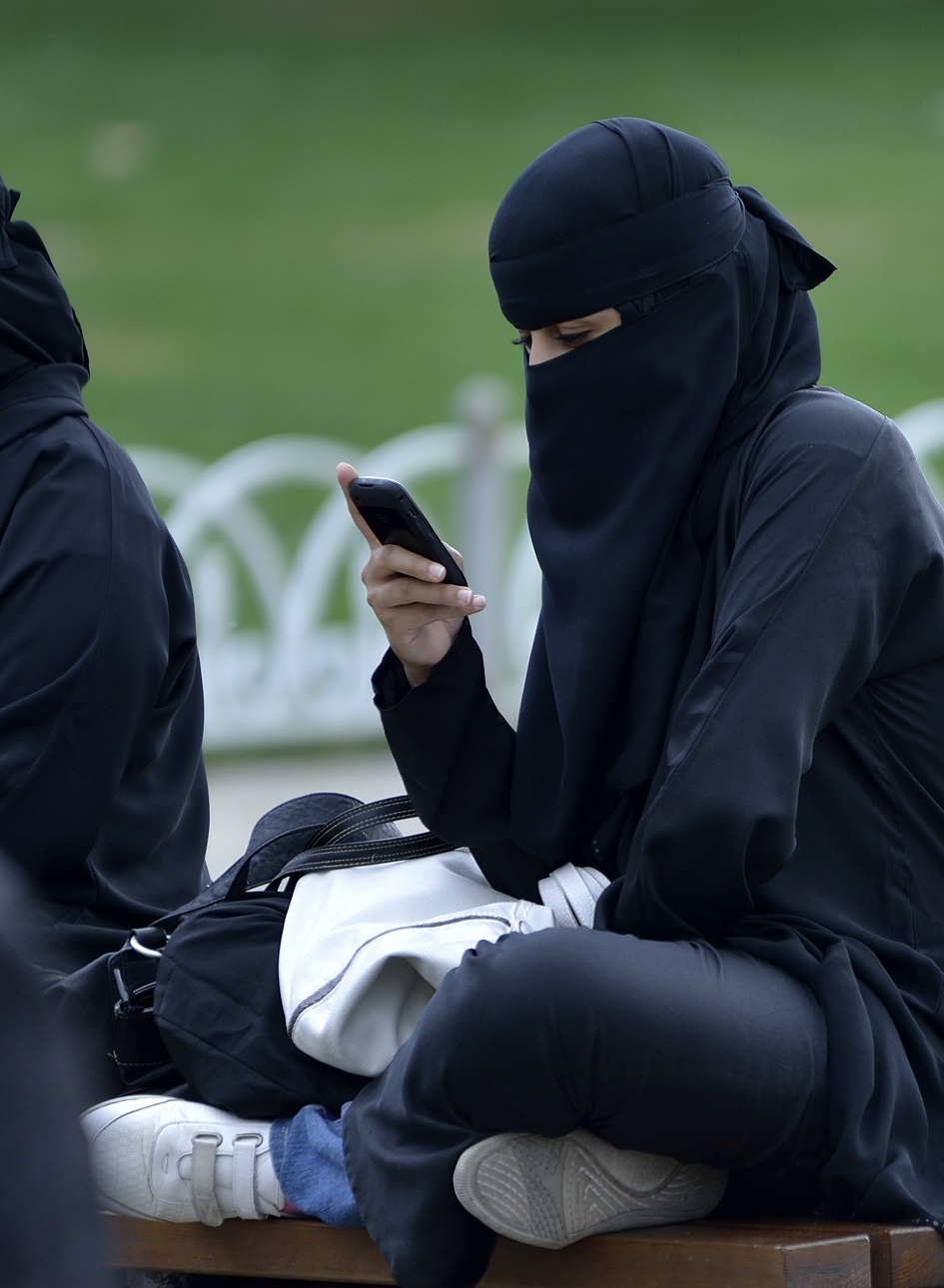Britain’s recent experiences of recession and austerity have had contrasting effects on different ethnic minorities. A study by Paul Fisher and Alita Nandi finds that during the period 2009-2013, the Chinese, Indian, black African, black Caribbean and white majority groups all saw their incomes drop (as compared to the four earlier years). Pakistanis and Bangladeshis, the groups with the lowest average incomes, were relatively more resilient.
While benefit incomes increased and net taxes fell over this period, these were not enough to compensate for falling wage earnings. But with low interest rates, Indians, Pakistanis and the white majority – the groups with higher proportions of mortgage payers – were protected.
Who gets a living wage?
There were also fewer poor people among Pakistanis, Bangladeshis and the white majority during the recession, but more among the other groups. For example, in the four years to 2008, 58 out of every 100 Pakistanis were poor, a figure that fell to 50 in 2009-2013. For Bangladeshis and the white majority, the numbers dropped from 67 to 58 and 20 to 18. But not only did Pakistani, Bangladeshi, black Caribbean and black African groups continue to have very high numbers of poor people in any given year, they also continued to have high numbers in poverty for at least two out of three years. These long-term poor were more likely to be younger and less likely to have a degree, a job or good English language skills relative to the non-poor.
In a separate ISER study, Malcolm Brynin and Simonetta Longhi find that ethnic minorities tend to work in low-paying occupations, although within these occupations inequality is much lower and sometimes in favour of minorities. Minorities are also more likely than the white majority to be paid less than the living wage. However, there is much variation across groups, with the Chinese and Indians doing relatively well and Pakistanis and Bangladeshis relatively badly.
